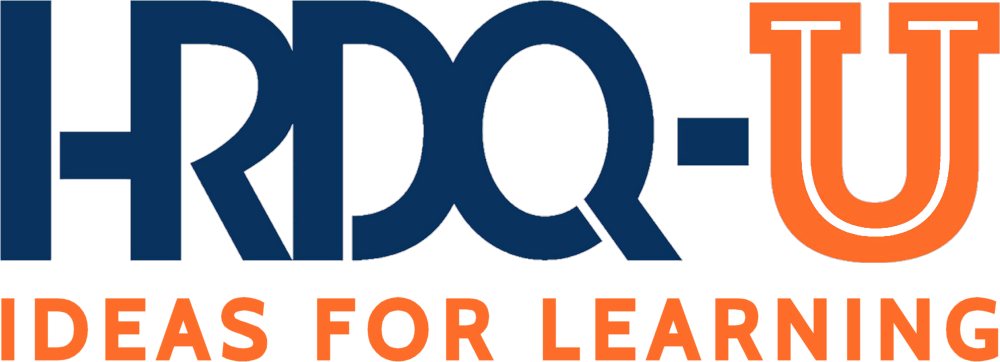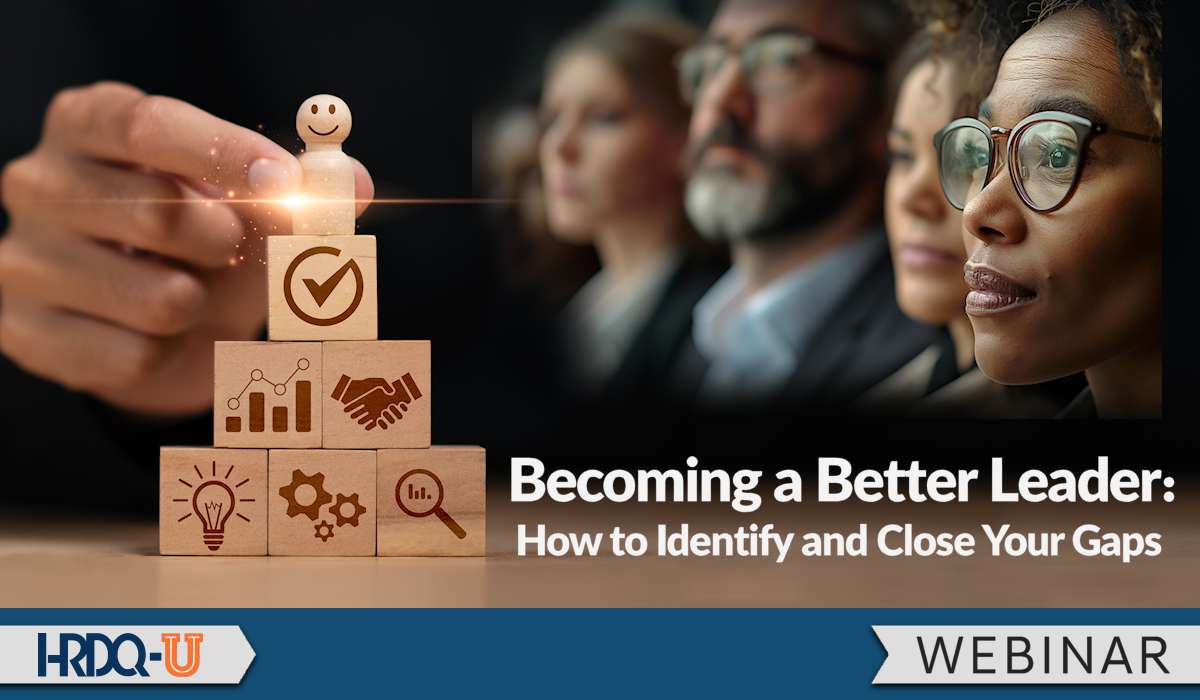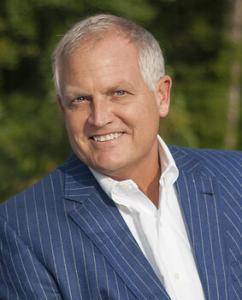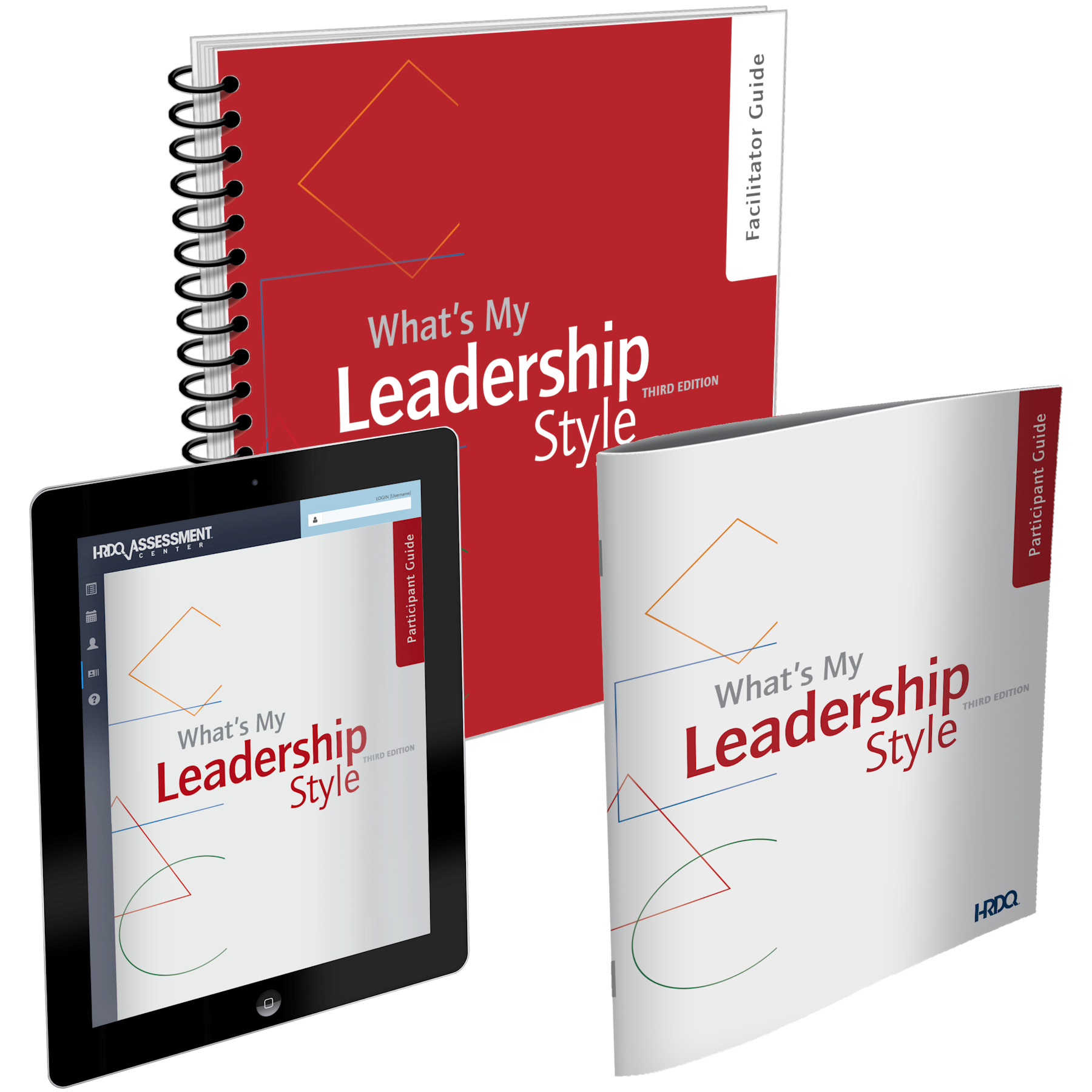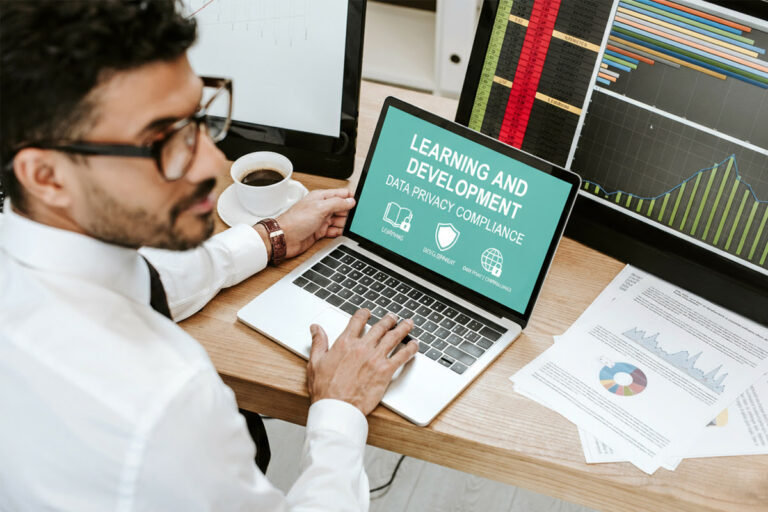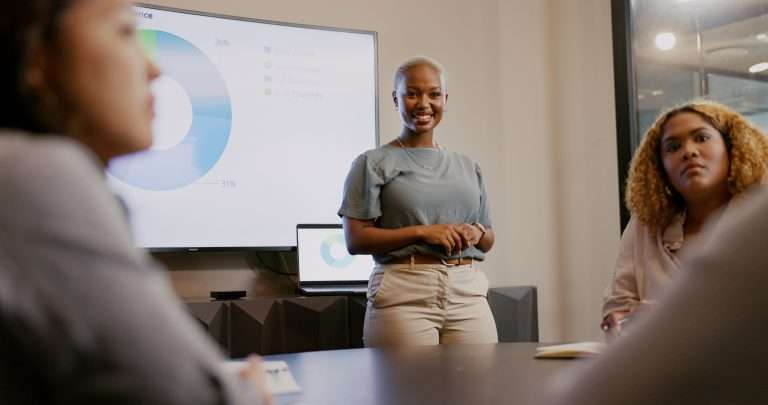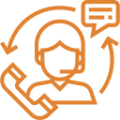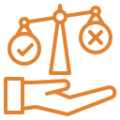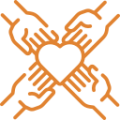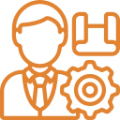1. Leading Yourself: The Foundation of Leadership Fitness
Before you can effectively lead others, you have to lead yourself. That means understanding who you are, where you shine, and where you fall short. It also means being real about how your strengths, when overused, can sometimes become liabilities.
The best leaders I’ve worked with are clear-headed, composed, and comfortable in their own skin. They treat self-awareness like training for a marathon – not a one-time effort, but a daily discipline that builds strength over time. When you know yourself well, you’re better able to surround yourself with people who complement you and help cover your blind spots.
Key reflection questions: Do I know who I am as a leader? What are my leadership strengths? What does it look like when those strengths are used well, and what are the positive impacts that result? What does it look like when I overuse my strengths, and what are the consequences?
2. Leading Others: Moving from “Me” to “We”
Most people are promoted into leadership because they are strong individual performers. But the truth is, leading a team requires a whole new mindset and set of skills. It’s not about what you can accomplish on your own – it’s about your ability to bring out the best in others.
Leading others well means creating a climate where people feel respected, heard, and safe enough to speak up – even when it’s uncomfortable. It means staying composed, especially on the days when others around you aren’t. And it means involving people early so they feel true ownership over the work they’re responsible for.
Key reflection questions: What do the people I’m leading need from me? Are they getting what they need? How do I know? How are they performing? What can I do to motivate them to even higher levels of performance?
3. Leading Work: Turning Vision into Results
People are moved into leadership roles to solve problems, capitalize on opportunities, and elevate performance. People count on leaders to get results. Being a leader means being accountable for producing positive outcomes. It means mastering the business basics – planning, organizing, resourcing, and following through – while also keeping an eye on the horizon. It also means setting the strategy and priorities and streamlining processes to ease the performance path. Over time, an effective leader builds a track record of sustainable high performance.
Key reflection questions: What specific results does the organization need me and my team to produce? What would represent exceeding these results? What can my team and I do to produce exceptional results consistently over time?
Don’t Aim for Perfection. Aim for Fitness.
There’s no such thing as the perfect leader. You’ll never check every box or live up to every shifting expectation. But what you can do is become fully fit to lead by focusing on leading yourself, leading others, and leading the work to be done.
In my upcoming Becoming a Better Leader webinar with HRDQ-U, we’ll use the Leadership Benchmarking Continuum to help you assess your leadership fitness in each area. You’ll walk away with a personalized development plan grounded in real insight and ready for action – and a set of practical leadership tools you can start applying immediately.
So, bring your curiosity, your courage, and your commitment to growth. Because becoming a better leader starts with knowing where you are – and taking the next bold step forward.
Because that’s what leaders do.
